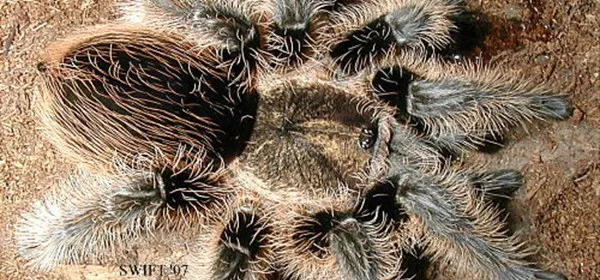Understanding the Curly Hair Tarantula (Chaco Golden Knee)
The Curly Hair Tarantula, scientifically known as Tliltocatl albopilosus (formerly Brachypelma albopilosum), is a popular pet tarantula prized for its docile temperament and striking appearance. Native to the rainforests of Central America, particularly Costa Rica, these spiders are known for their characteristic fuzzy appearance, thanks to the dense covering of hairs on their bodies. Before you even consider holding one, it’s essential to understand these fascinating creatures and their specific needs. This knowledge is key to ensuring both your safety and the well-being of your tarantula.
Physical Characteristics and Temperament
Curly Hair Tarantulas get their name from the unique, curly hairs that cover their bodies, giving them a fluffy appearance. They typically range in size from 4 to 6 inches in leg span, with females often growing larger than males. These spiders are generally considered to be docile, making them a good choice for beginner tarantula keepers. However, like any animal, their temperament can vary, and it’s important to observe your tarantula’s behavior and learn to recognize signs of stress or aggression. They are generally slow-moving and prefer to burrow, making them somewhat reclusive.
Why Handle Your Curly Hair Tarantula?
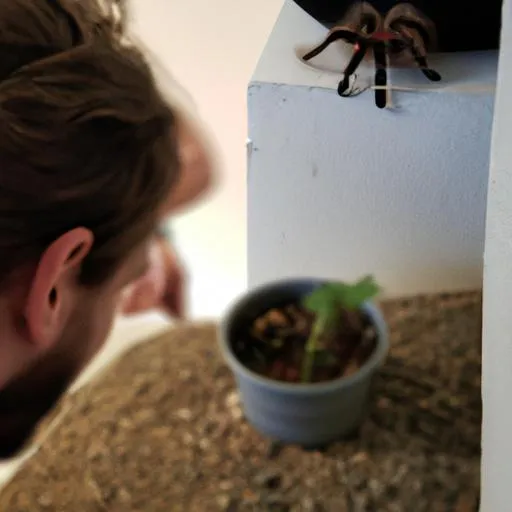
Many keepers are content to simply observe their tarantulas, while others enjoy the experience of handling them. There are several reasons why someone might choose to handle their Curly Hair Tarantula, but it’s crucial to consider both the benefits and the risks involved before making a decision. Ultimately, the decision of whether or not to handle your tarantula should be based on what is best for the spider’s well-being and your own comfort level.
Benefits of Handling
Handling can provide an opportunity to bond with your tarantula and observe it more closely. It allows you to check its overall health and identify any potential issues. Furthermore, handling can be a rewarding experience for the keeper, providing a sense of connection and understanding of these unique creatures.
Risks Involved in Handling
Despite their generally docile nature, Curly Hair Tarantulas can bite if they feel threatened. While their venom is not considered medically significant to humans, a bite can be painful. They also possess urticating hairs, which they can flick off their abdomen as a defense mechanism. These hairs can cause skin irritation and itching. Handling also poses a risk to the tarantula itself. A fall from a height can be fatal, and the stress of being handled can potentially affect the spider’s health and well-being.
Preparing to Handle Your Tarantula
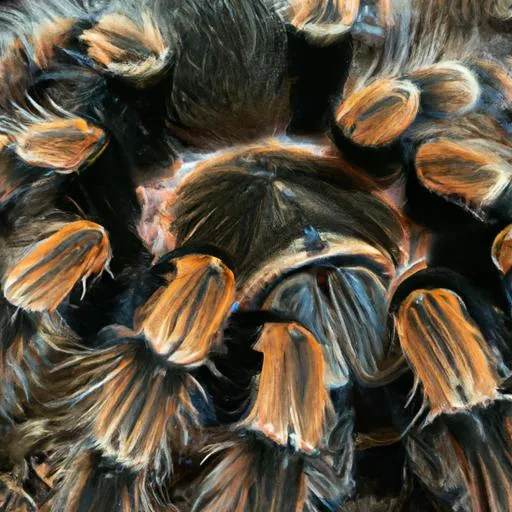
Before you attempt to handle your Curly Hair Tarantula, it’s crucial to take several steps to ensure a safe and positive experience for both you and the spider. This preparation includes setting up a safe environment, gathering the necessary equipment, and assessing the tarantula’s current mood.
Creating a Safe Environment
Choose a quiet, enclosed space with a soft surface, such as a bed or a carpeted floor. This reduces the risk of injury if the tarantula falls. Remove any potential hazards from the area, like other pets or small objects that could harm the spider. Ensure the room temperature is comfortable for the tarantula.
Essential Equipment for Handling
While not strictly required, using a pair of soft, long-handled tongs can provide an extra layer of safety. Gloves can also be worn, especially if you are concerned about the urticating hairs. However, some keepers prefer to handle tarantulas bare-handed to feel the spider’s movements, but this comes with a higher risk. Have a clear container or enclosure nearby for temporary housing, in case the tarantula needs to be quickly moved.
The Right Way to Hold Your Curly Hair Tarantula
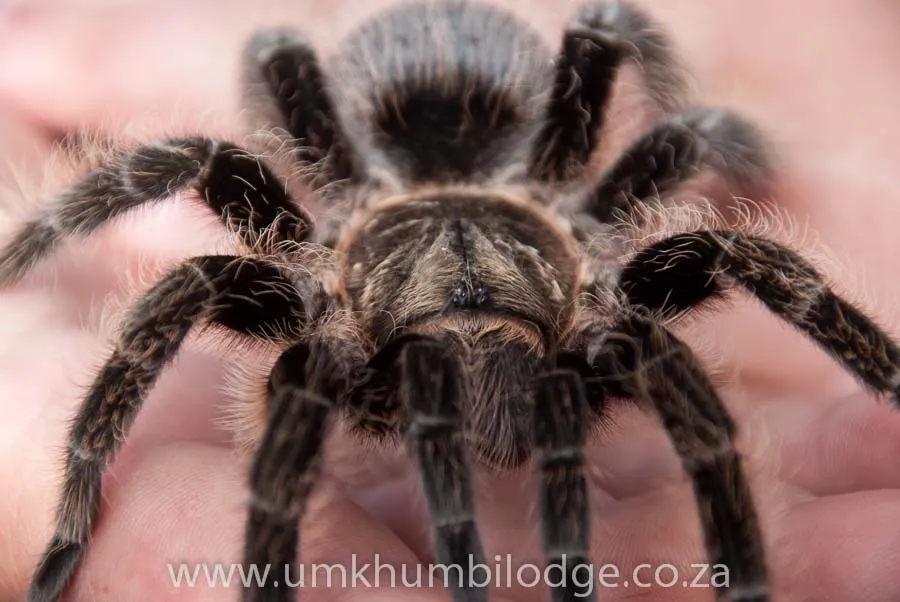
Handling a Curly Hair Tarantula requires patience and a gentle approach. Never grab or squeeze the tarantula. The goal is to encourage the spider to walk onto your hand or a surface you provide. Observe your tarantula’s behavior carefully, and be prepared to end the handling session if the spider shows signs of stress.
Step by Step Handling Guide
Carefully open the tarantula’s enclosure. Gently place your hand, palm up, in front of the spider. Avoid making sudden movements. Allow the tarantula to walk onto your hand at its own pace. If the tarantula hesitates, you can gently nudge it with a soft brush or the end of a tong. Support the tarantula with both hands, if necessary. Keep your movements slow and deliberate, and avoid any actions that could startle the spider. Never hold the tarantula higher than a few inches above a soft surface.
Proper Holding Techniques
Always support the tarantula’s body, allowing it to move freely. Avoid sudden movements, which could cause the tarantula to fall. Be aware of the tarantula’s urticating hairs, and avoid rubbing your skin against its abdomen. Keep handling sessions short, and end them before the tarantula shows signs of stress, such as raising its front legs or flicking its hairs.
What to Do if the Tarantula Acts Up
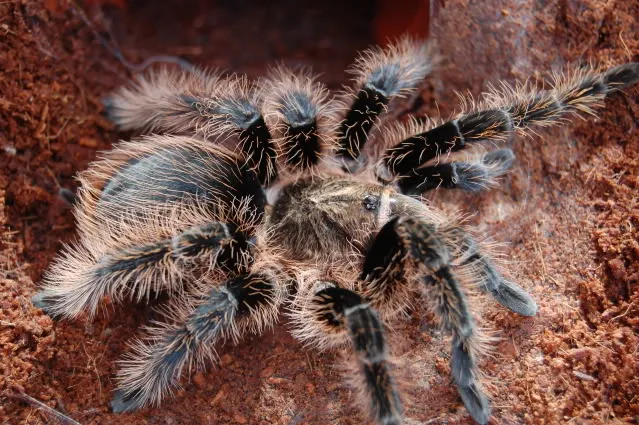
If the tarantula displays defensive behaviors, such as raising its front legs, hissing, or flicking hairs, gently place it back in its enclosure immediately. Do not try to force the tarantula to stay on your hand. If the tarantula bites, remain calm and gently remove the spider. Wash the area with soap and water, and monitor for any adverse reactions. Consult a doctor if you experience any severe symptoms or have concerns.
Post-Handling Care and Observation
After handling your Curly Hair Tarantula, it’s essential to provide it with proper care and observe its behavior. This helps to ensure its well-being and to identify any signs of stress or health issues. Remember, responsible handling is crucial for keeping your pet happy and healthy.
Cleaning and Maintaining the Enclosure
Provide your tarantula with fresh water and food after handling. Check the enclosure for any signs of disturbance, such as displaced substrate or damaged decorations, and make the necessary adjustments. Observe your tarantula’s behavior over the next few days for any signs of stress, such as loss of appetite or changes in activity levels. It is equally important to maintain a clean enclosure to prevent health issues. Regularly remove any uneaten food, shed exoskeletons, and waste. Replace the substrate periodically to maintain a healthy environment.
Common Mistakes to Avoid
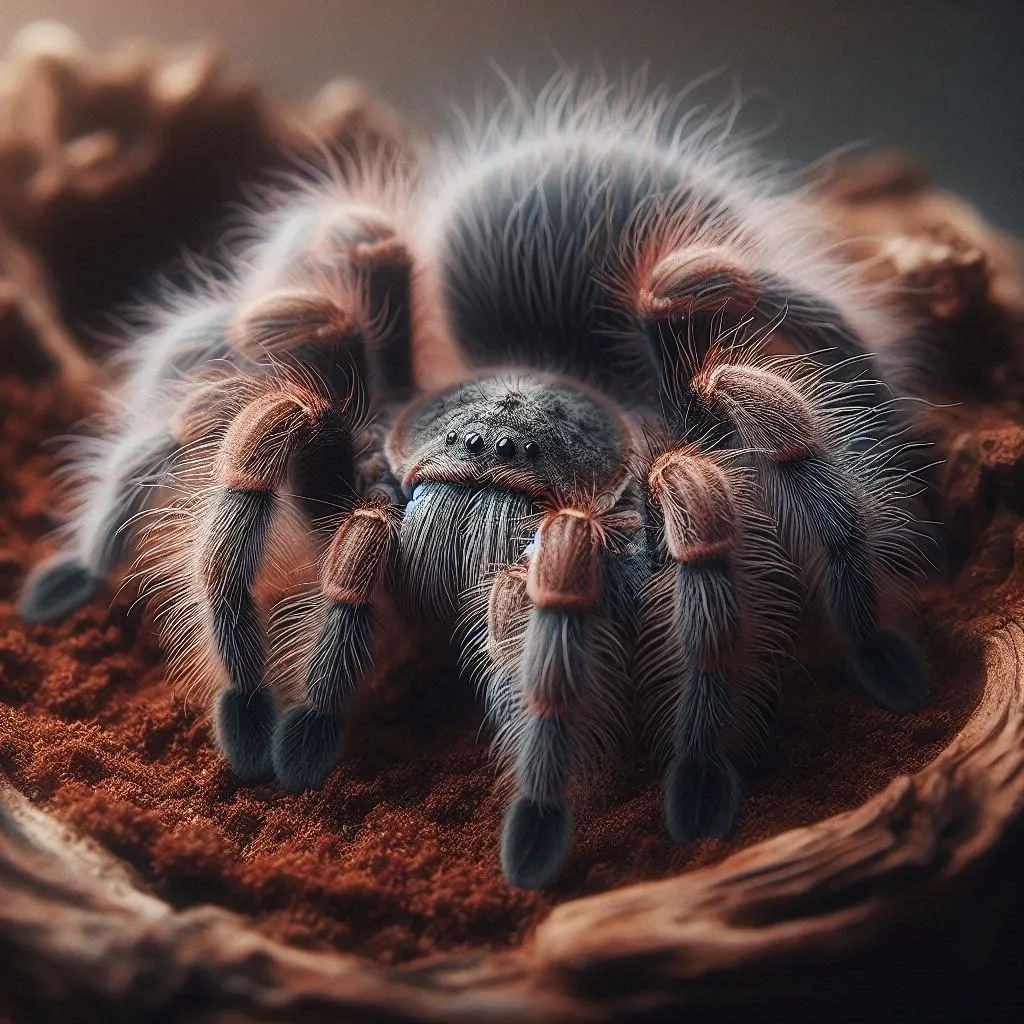
Several common mistakes can negatively impact the safety and well-being of your Curly Hair Tarantula. Avoiding these pitfalls is essential for responsible tarantula ownership. Always prioritize the spider’s comfort and safety, and be mindful of your actions.
Misconceptions About Tarantula Handling
Many misconceptions surround tarantula handling, leading to unsafe practices. One common myth is that all tarantulas are aggressive and will bite on sight. In reality, many species, including the Curly Hair Tarantula, are docile and prefer to avoid confrontation. Another misconception is that handling is necessary for tarantula health and well-being. While some keepers enjoy handling, it is not a requirement, and excessive handling can lead to stress and injury. Understanding these misconceptions is important for responsible tarantula keeping.
Conclusion
Holding a Curly Hair Tarantula can be a rewarding experience, but it’s essential to prioritize the spider’s safety and well-being. By understanding their characteristics, preparing carefully, and following safe handling techniques, you can minimize the risks and enjoy a positive interaction with your pet. Always remember that observation and respect for the tarantula’s needs are paramount. Ultimately, responsible tarantula ownership involves providing a comfortable, safe, and enriching environment, whether or not you choose to handle your spider.
